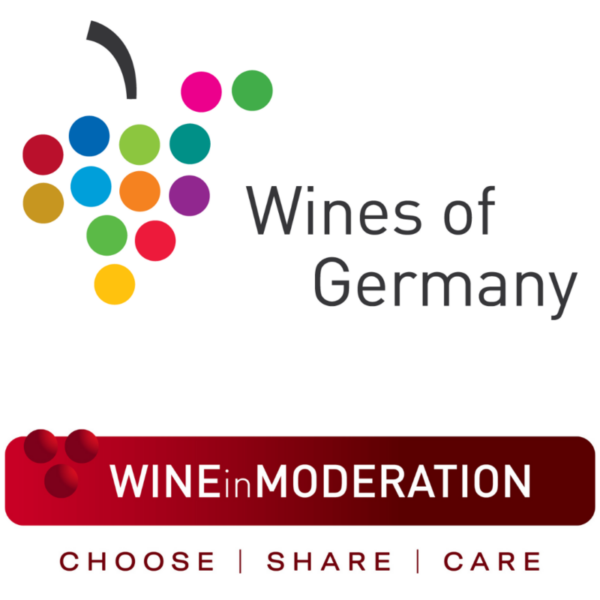Before 50 BC
BEFORE THE ROMANS
The ancient Teutons drank mead; wine made from grapes was not known then. Today’s grape varieties evolved from centuries of selection. The wild vines that tasted best and seemed best suited for winemaking were cultivated and ultimately developed into the species known as vitis vinifera. Still, the early Germanic tribes were already familiar with alcoholic fermentation.
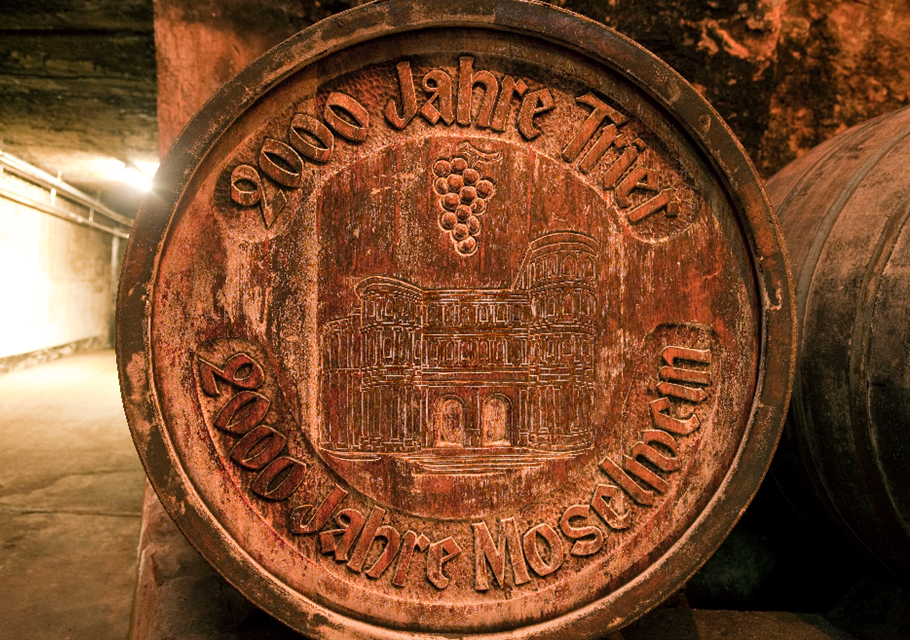
From 50 BC
THE ROMANS
In the course of their conquests north of the Alps some 2,000 years ago, the Romans – who adopted viticulture from the Greeks and Etruscans – introduced viticulture to the Germanic territories, bringing the vine first to the Mosel and later to the Rhine. The Mosel is Germany’s oldest wine-growing region, and Trier on the Mosel River is considered Germany’s oldest city. Trier was originally named Augusta Treverorum, Latin for “The City of Augustus among the Treveri,” and served as the capital of the Western Roman Empire. Numerous excavations of winepresses (like at Piesport, Brauneberg and Erden) and other tools bear witness to the active culture of wine in the Mosel’s history.
330 AD
ANCIENT COLLECTION
The oldest wine cellar in Germany belonged to the Vereinigte Hospitien (United Hospitals) in Trier and was built in 330.
About 371 AD
“HAIL, MOSELLA”
The Roman consul and poet Decimius Magnus Ausonius wrote Mosella, in which he enthusiastically describes the Mosel River and its steep vineyards in 483 hexameters. Back then, the Romans carried wine on board ships. The “Neumagen wine ship,” tomb of a wine merchant from the 3rd century, is exhibited at the Rheinisches Landesmuseum (Museum of the Rhineland District) in Trier, and tourists can travel on an 18-meter long replica in Neumagen-Dhron.
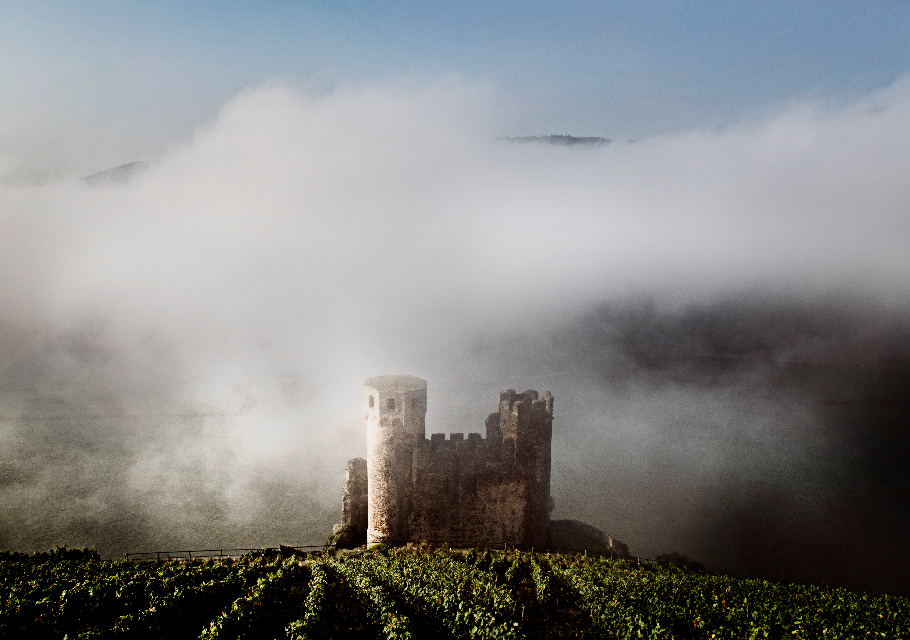
Around 800
CHARLEMAGNE
Along with his support of the spread of Christianity, the German ruler of the Frankish Empire imbued momentum into viticulture, which was largely overseen by monasteries. The imperial and royal monastery Lorsch in Hessische Bergstrasse alone is said to have possessed about 900 vineyards around the year 850.
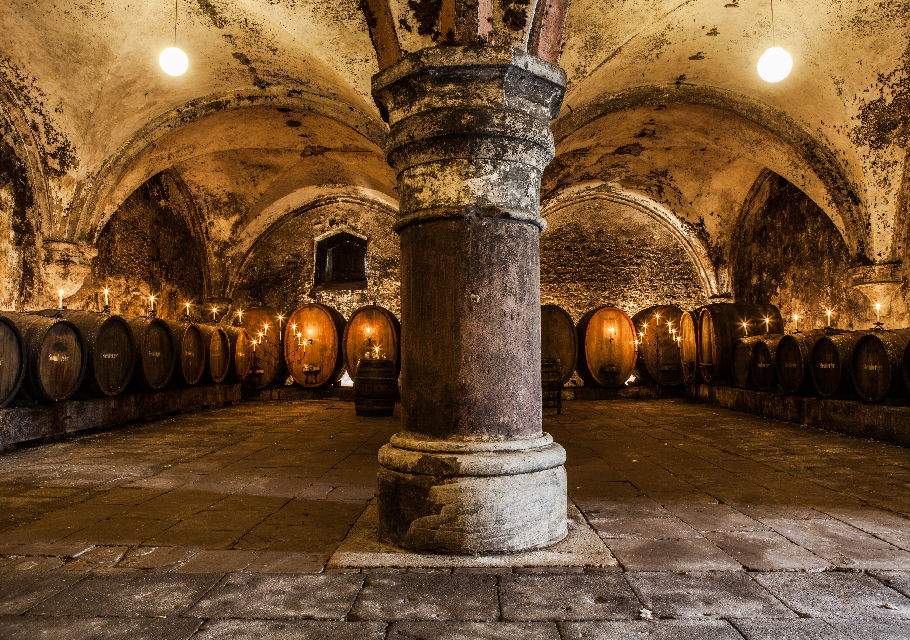
BRINGING RIESLING TO THE RHEINGAU
From his winter quarters, the palace in Ingelheim, the Emperor Charlemagne recognized the suitability of the opposite side of the Rhine River for viticulture, noticing that on the southern slopes of the Rheingau region the snow melted earlier than elsewhere.
ORIGINAL WINE BARS
Charlemagne is often considered to be the founder of the Strausswirtschaften, or seasonal wine bars. Winegrowers were allowed the right (still in force today) to sell their wines and food on premise and to indicate this seasonal offering by hanging a wreath of flowers on the gate.
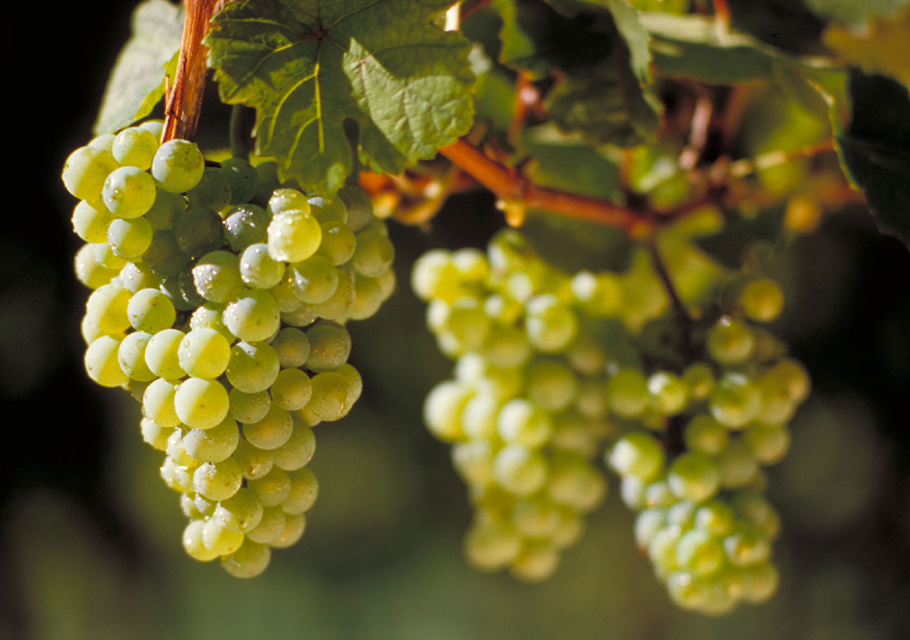
1435
RIESLING ON RECORD
The earliest recorded reference to Riesling is dated March 13, 1435, in the storage inventory of Count John IV. Of Katzenelnbogen in the Hessische Bergstrasse region. The spelling “Riesslingen” is seen in many other documents of that time. The modern spelling of Riesling was first documented in 1552, in Hieronymus Bock’s Latin herbal – a German botanist and physician who helped modernize the study of plants. It is widely agreed that Riesling vines originated in the Rhine region.
In 2019, The German Wine Institute declared March 13 Riesling’s official birthday.
From 1500
VINEYARD AREA DECLINE
Documents show that vineyards existed in nearly all of Germany during the Middle Ages and may have reached their greatest extent around 1500. However, due to climate changes, improved methods of brewing beer, and increased imports of foreign wine, vineyard area has continually decreased since then. Further, during the Thirty Years’ War (1618-1648), many vineyards were destroyed and lay wasted.
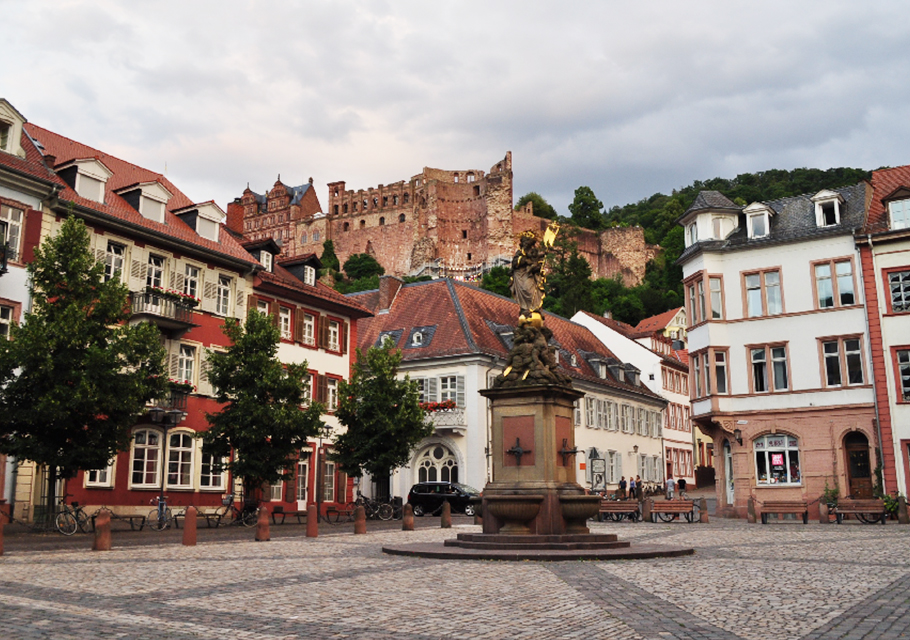
1751
STATELY STORAGE
The present Heidelberger Riesenfass, a giant wine barrel in the cellars of Heidelberg Castle in Baden, was built in 1751 – there have been four giant barrels in the history of Heidelberg. The cask of 1751 holds up to 220,000 liters of wine and is big enough to use the top as a dance floor – however, it was only filled three times. Tourists still gaze at it in wonder today.
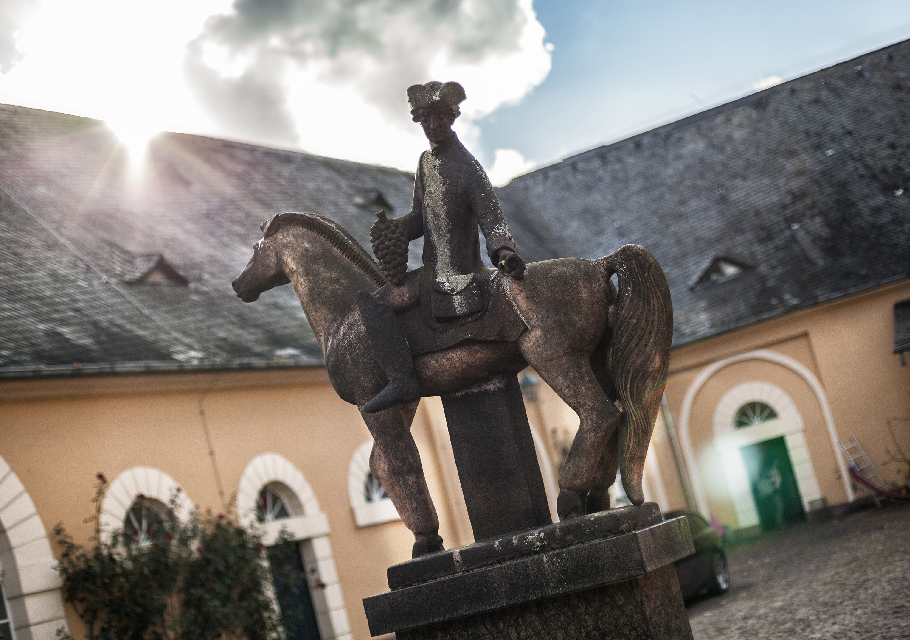
1775
THE MOUNTED SPÄTLESE MESSENGER
The discovery of late harvest (Spätlese) wine was a coincidence. As the mounted messenger carrying permission to harvest from the prince bishop of Fulda to the Johannisberg monks in the Rheingau was delayed for 14 days, harvesting could only begin after the grapes were already affected by noble rot. Wine was made anyway, resulting in the very first vintage of luscious, delicious, and age-worthy Spätlese wines. Why the messenger was late is still unclear, but it is clear that Spätlese to this day is one of the most important types of German wine. Incidentally, the term “Kabinett” can also be traced back to the monks: they stored their best wines in the part of the cellar that they called the Cabinet.
1787
ELECTOR CLEMENS WENCESLAUS OF SAXONY
The Elector and Archbishop of Trier played a crucial role as a wine connoisseur in shaping the wine region of the Mosel. He decreed that in order to improve quality, all “bad” vines had to be replaced by Riesling vines within seven years, resulting in one of the largest Riesling-growing areas in the world.
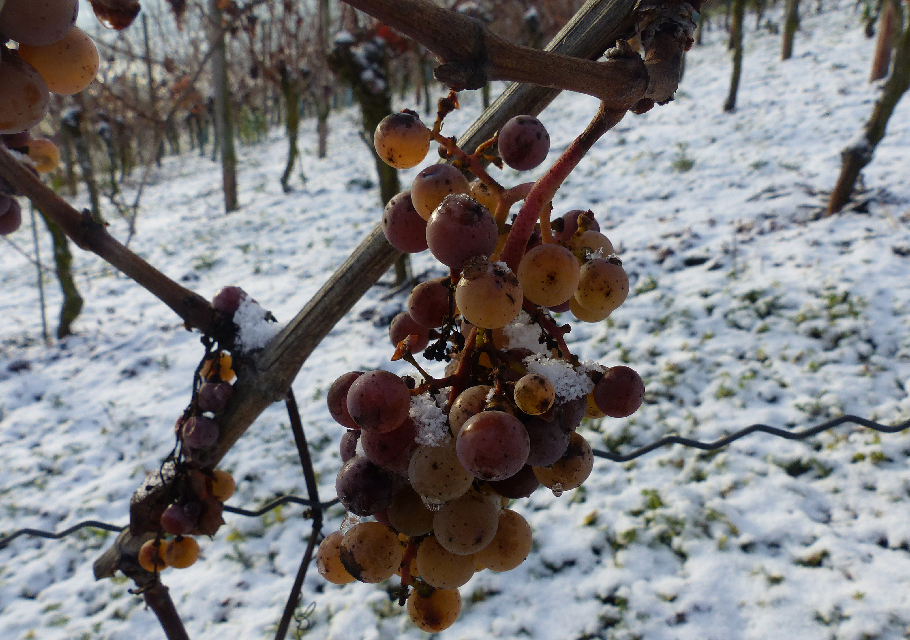
1830
BIRTH OF ICE WINE
The birthplace of German Eiswein (ice wine) is Dromersheim, a district of Bingen on the Rhine. It is thought that the first ice wine in Germany was picked there on February 11, 1830 from grapes of the year 1829. The winegrowers did not harvest the grapes because of their poor quality, but then decided to pick them in the winter to use as cattle feed. They then noticed that the frozen grapes turned into a very sweet and tasty juice with a high must weight. They pressed the grapes, and ice wine was born.

Around 1850
FIT FOR A QUEEN
At the height of German wine’s popularity in the 17th and 18th centuries, Mosel and Rheingau wines fetched equal or higher prices than the best wines from Champagne and Bordeaux. It was during this time that the term “hock” seems to have been coined as a nickname among the British for German white wine, derived from the name of the town of Hochheim am Main and used to convey the prestige of Rheingau wine. Queen Victoria’s visit to Hochheim during harvest in 1850 may have contributed to the use of the term “hock,” though it has fallen out of fashion today.

1867
COOPERATION
As the “Winzer Verein zu Mayschoß” (Winegrowers’ Association of Mayschoß), 18 vintners from the Ahr region formed the first German winegrowers’ cooperative. A movement towards cooperatives in which growers formed associations in order to improve the quality of their wine and their income occurred in the last half of the 19th century, as the political and socioeconomic changes of the times, cheap wine imports, and poor harvests left German growers in dire straits. As of 2010, some 50,000 wine-growing members of about 200 cooperatives produce about one third of an average annual harvest and collectively own 31,000 ha of vineyards. Cooperatives are of great importance in Württemberg and Baden, where there are many part-time vintners.
From 1872
PHYLLOXERA STRIKES
The vine pest came to Europe from North America and caused a viticultural crisis throughout the continent. In France, large parts of the winegrowing areas had been destroyed since 1865. When phylloxera appeared in Bonn, Saxony, Baden, and the Mosel, the desperate vintners tried in vain to combat the vine pest with petroleum and other means. Eventually in 1872 it was discovered that American vines were resistant. Since then, vines have been grafted onto American rootstock in Europe. Only a few vineyards in Germany still have self-rooted vines. However, the phylloxera louse has never been completely eradicated and many indigenous grape varieties disappeared.
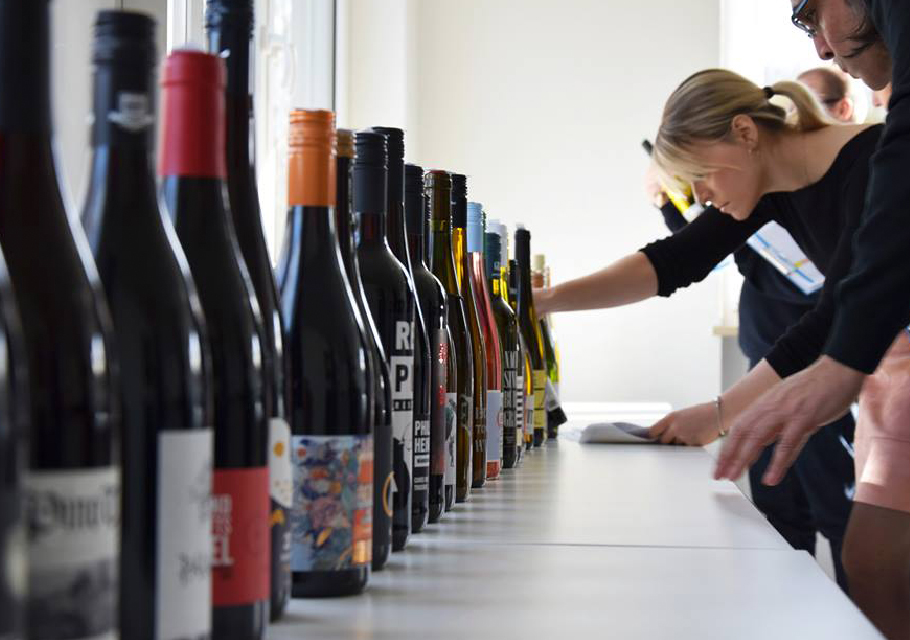
1903
QUALITY CONTROL
Since the Middle Ages, some rather draconian measures have been taken to punish wine adulterators: in 1471, a vintner was entombed in a wall for adding water to his wine. The first royal decree against counterfeiting of wine was issued in 1498. In 1903, the then governmental district of the Pfalz created the first post of a wine expert as a controller. Today, wine inspectors can be found in all areas of wine production. They monitor the conditions of production, compliance with regulations, and the sensory quality of bottled and loose wines by random sampling in the vineyards as well as the correct labeling of the bottles.
1910
ASSOCIATION ASSEMBLY
The VDP (Verband deutscher Prädikatsweingüter) was established as the VDNV (Verband Deutscher Naturweinversteigerer) in 1910 to bring together regional wine associations. The association would later introduce a classification system and emblem for members’ wines.
1914-1945
WINE AND WAR
The effects of the World Wars across Europe extended to viticulture. In Germany, resources and manpower were diverted away from winemaking, and vineyard area subsequently decreased by more than half. International demand and regard for German wine also diminished following World War I and would not recover until far after the end of World War II.
1916
AROMATIC ADDITION
Professor Georg Scheu bred the grape variety Scheurebe by crossing Riesling with an unknown wild grape.
1919
ALSACE-LORRAINE
The wine region Alsace-Lorraine, directly across the French border from Germany’s wine regions in the northwest of France, was once Germany’s largest wine region. It changed hands between France and Germany several times throughout history and was officially annexed to France for the last time in 1919.
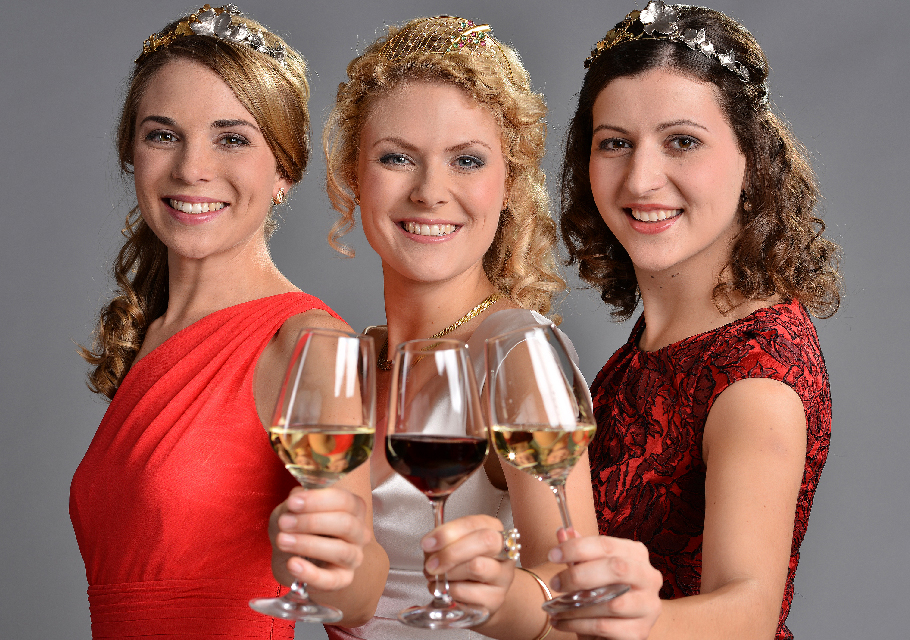
1949
WEINKOENIGIN
Elisabeth Gies, née Kuhn, from Diedesfeld in the Pfalz was crowned the first German Wine Queen. That means this title is as old as the Federal Republic of Germany. Today, the German Wine Queen is a popular ambassador of German wine at home and abroad.
AN INSTITUTE FOR WINE
1949 also saw the establishment of the German Wine Institute, then under the name “Deutsche Weinwerbung GmbH” (German Wine Promotion). Based in Mainz, the Wine Institute oversees the international marketing of German wines.
1950s to 1980s
BLUE NUN BLUES
One wine brand would become the most recognized and then disregarded German wine in the US and UK, arguably the first wine brand to have been produced and marketed with an international mass market in mind. Blue Nun was an easy-drinking sweet wine classified as Liebfraumilch that achieved remarkable popularity in the 1950s to the 1980s. When this style declined in popularity, the brand was repositioned and the wine was changed significantly, but the reputation remains. The Liebfraumilch style is largely responsible for the common misconception in the US that all German wine is overly sweet, when in fact almost 50% of German wine today is dry. Some new young producers are creating modern versions of Liebfraumilch today.
1971
A LAW TAKES EFFECT
The Wine Act of 1971 provided the basis for German viticulture as it is today: the winegrowing regions, appellations of vineyard locations and large vineyard sites are still largely valid. Since then, there have also been clearly defined grades such as Qualitätswein (quality wine) and Prädikatswein (predicate wine). The basis of the law was the creation of the Common Organization of the Market in Wine in the EU.

1990
LUCKY NUMBER THIRTEEN
With the reunification of Germany, the number of wine-growing regions increased to thirteen with the addition of Sachsen and Saale-Unstrut.
1995
RIESLING RENAISSANCE
It is not that long ago that Riesling started to be seen again as the king of German wines. With a market share of over 60%, Germany has the largest Riesling growing area in the world. The world’s growing demand for German Riesling is associated with a change in the quality-oriented thinking and patterns of consumption. More and more winemakers started relying on Riesling again in the 90’s.
2001
WINE BEATS BEER
For the first time, the Germans spent more money on wine than on beer, although only slightly. In 2001, the share of the household alcoholic beverage budget was 32.3% for wine, just ahead of the share for beer (32.2%). In a country where beer consumption is much higher than the wine consumption, this was an historic moment. Since then, the wine share has grown significantly.
2006
RED WINE BOOM
The proportion of red wine varieties has been growing steadily since 1981, reaching a peak at 36.9% in 2006. The reason: when replanting, many vintners choose Pinot Noir, Dornfelder, and other red grape varieties because Germans increasingly prefer to drink red wine. However, the area planted with red varieties has since then decreased (only slightly).
2006
YOUNG WINEMAKERS
In 2006, the German Wine Institute (DWI) established the “Generation Riesling” organization to provide Germany’s young winemakers a national and international platform free of the ties of existing interest groups. Members are highly qualified, internationally experienced, and quality-oriented winegrowers or industry members 35 years old and under. They act as ambassadors of a modern, high-quality, and dynamic wine scene in Germany. More than 500 members network and host events and tastings around the world, and recently celebrated the 10th anniversary in June 2016.
2010
LANDMARKS OF WINE CULTURE
Since 2010, the German Wine Institute (DWI) has awarded prizes to “Landmarks of Wine Culture” – places that are documenting the history and tradition of wine growing in an impressive way. These include old vineyards and wine museums as well as historical winepresses or traditional wine-growing communities.
2013
SCHOOL IN SESSION
Geisenheim University, a world-renowned viticulture and horticulture university and research center in the Rheingau, was officially founded in 2013, but its roots date back to 1872, when the Royal Institute for Fruit and Viticulture at Geisenheim was founded. In 1971, its research and education departments were split up into the Geisenheim Research Institute and the Geisenheim Department of the RheinMain University of Applied Sciences. In December 2011, it was announced that they would merge to form a “new type of university.”
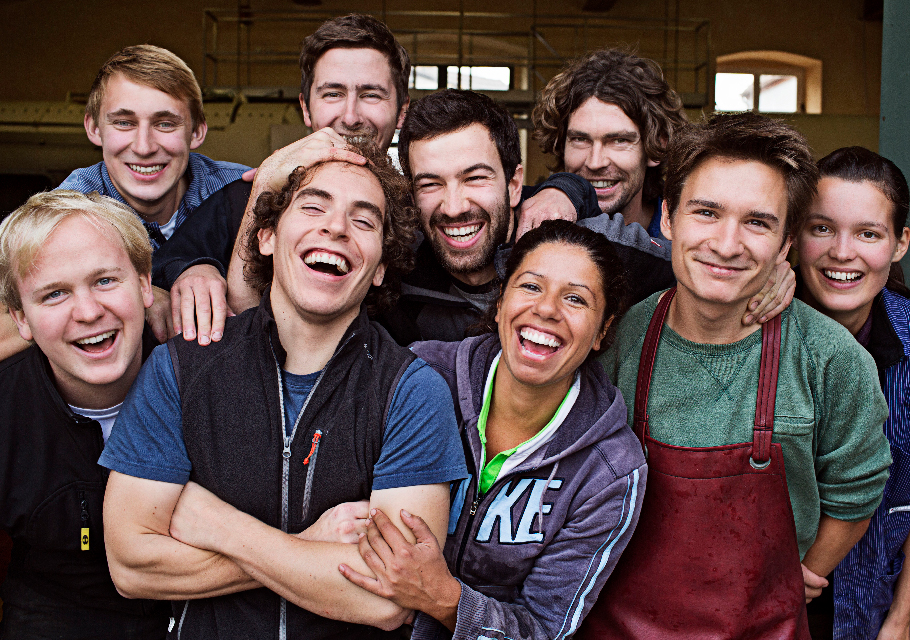
Today
NEW GENERATIONS OF GERMAN WINE
Young, highly trained winemakers from Germany have travelled the world and gathered experience in France, California, Australia and elsewhere. Many came home and started clearing out the cellar. Modern stainless steel tanks and barrique barrels were purchased, and the yield was reduced by green harvest – the thinning-out of unripe berries to concentrate the strength of the vine on the few remaining grapes. Fathers and grandfathers would look on in horror as the younger generation simply cut off healthy grapes in the vineyard! But the wines were of a new and better quality. Many young vintners introduced a completely changed range of wine, planted new varieties of grapes, designed modern labels, and presented their wines in chic new wine shops. Learn more about German viticulture today.
